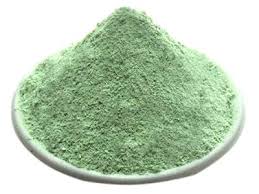Uses and Toxicity of Poly(vinyl acetate)
Oct 14,2019
Polyvinyl acetate was discovered in Germany in 1912 by Fritz Klatte. The monomer, vinyl acetate, was first produced on an industrial scale by addition of acetic acid to acetylene with a mercury(I) salt[3], but it is now primarily made by palladium catalyzed oxidative addition of acetic acid to ethylene.
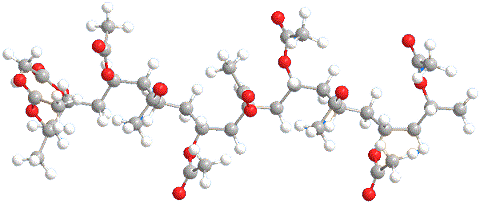
Poly(vinyl acetate) is used as the thermoplastic resin that is hydrolyzed into polyvinyl alcohol in an acid or alkaline solvent and the main raw material to prepare polyvinyl alcohol. When the molecule contains a photosensitizer, it is sensitive to light, and undergoes a decomposition reaction under the action of ultraviolet light or electron beam. It has a positive photosensitive resin property.
Polyvinyl acetate is soluble in a variety of organic solvents and can be copolymerized with a variety of monomers with double bonds to introduce various functional groups with different properties. It is a leathery, colorless thermoplasticmaterial that softens at relatively lowtemperatures and that is relatively stable to lightand oxygen. The polymers are clear and noncrystalline. The chief applications of polyvinylacetate are as adhesives and binders for waterbasedor emulsion paints. Vinyl acetate is conveniently prepared bythe reaction of acetylene with acetic acid.
Rats were orally administered 500 mg/kg for 30 days, and cheese-like changes in their liver and cardiomyocytes were reported. It is safe to be used in food (FDA, §172.615, 2000) as a gum chew and does not enter the human body and is non-toxic. It cannot be absorbed by the body as it is a polymer substance that is insoluble in water and oil.
References
The National Pollutant Inventory. 2005. Acrylamide fact sheet.
International Agency for Research on Cancer. 1994. Summaries and evaluations acrylamide group 2A. Monographs on the evaluation of carcinogenic risks to humans, vol. 60. Lyon, France: International Agency for Research on Cancer.
Agency for Toxic Substances and Disease Registry. 2002. Managing hazardous materials incidents. Vol. III—Medical management guidelines for acute chemical exposures, aniline. Atlanta, GA: U.S. Department of Health and Human Services, Public Health Service.
Wetherhold, J. M., Linch, A. L., and Charsha, R. C. 1960. Chemical cyanosis—Causes, effects, and prevention. Archives of Environmental Health 1: 75.
- Related articles
- Related Qustion
- Polyvinyl acetate: Properties, Production process and Uses Mar 21, 2024
The major uses of PVAc are in water-based latex paints, adhesives, fabric finishes, and lacquers. PVAc is also used as base material for gum-based candy in food industry.
Spearmint oils are mainly used as spices in the manufacture of candies, beverages, toothpastes and medicines, and also as a wind-dispelling and aromatic stimulant.....
Oct 14,2019Flavors and fragrancesMolybdenum trioxide is chemical compound with the formula MoO3. This compound is produced on the largest scale of any molybdenum compound. It is an intermediate in the production of molybdenum metal. It is also an important industrial catal....
Oct 14,2019Inorganic chemistryPOLY(VINYL ACETATE)
9003-20-7You may like
- Potassium carbonate: a food additive
Apr 15, 2024
- Can Ammonium bicarbonate be used as a food additive?
Apr 9, 2024
- How to Melt Coconut Oil at Home?
Mar 21, 2024
POLY(VINYL ACETATE) manufacturers
- POLY(VINYL ACETATE)
-
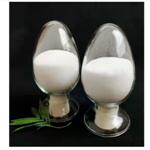
- $3358.00 / 10Tons
- 2024-04-19
- CAS:9003-20-7
- Min. Order: 10Tons
- Purity: 99.99%
- Supply Ability: 100Tons
- POLYVINYL ACETATE
-
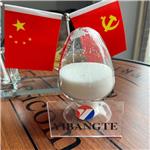
- $0.00 / 1kg
- 2023-11-29
- CAS:9003-20-7
- Min. Order: 1kg
- Purity: 99%
- Supply Ability: 500000kg
- POLY(VINYL ACETATE)
-
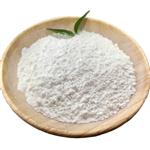
- $30.00 / 1kg
- 2023-10-07
- CAS:9003-20-7
- Min. Order: 1kg
- Purity: 0.99
- Supply Ability: 10 tons per month




